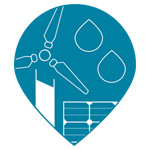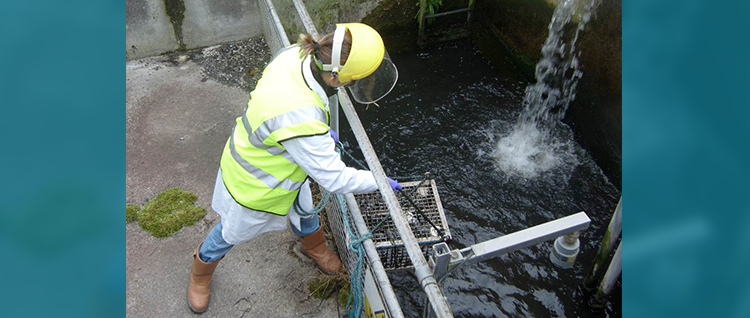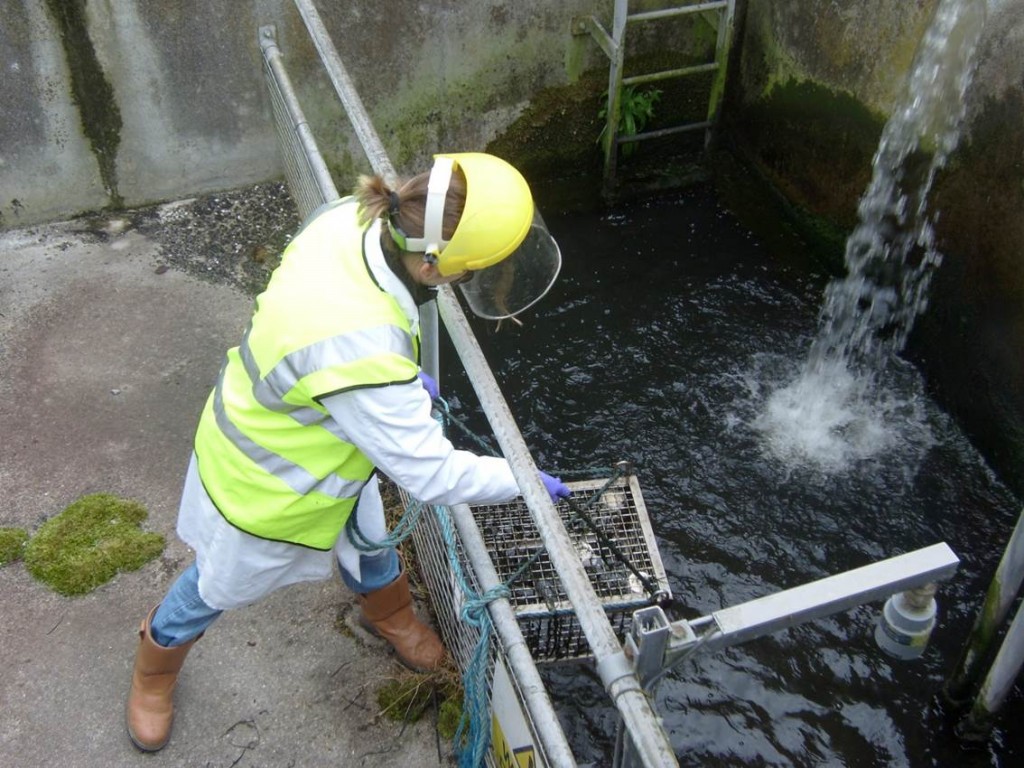University of Portsmouth


![]()

Researchers at the University of Portsmouth have developed a cost-effective technology that has improved the way water quality is monitored. Chemcatcher passive sampling devices have been used to monitor a diverse range of environmental problems, from pharmaceuticals in drinking water to the release of radioactive caesium after the Fukushima nuclear reactor incident in Japan.
Most pollutants are diffuse and although their concentrations are often low, they can have a toxic impact on the environment and people or animals. Monitoring pollutants in water is a major challenge. Traditional spot (grab or bottle) sampling technologies can fail to provide a representative picture of water quality. Greater detail can be provided by passive sampling, for example, measuring pollutants that are present only occasionally or at concentrations below the limits of detection for spot water samples.
European funding enabled Portsmouth’s research team to develop the Chemcatcher passive sampler which was robust, reusable, easy to use, low-cost and could be modified for different purposes. The device can be used alongside or even replace established approaches that rely on infrequent spot sampling, and was designed to be compatible with existing analytical procedures used in commercial laboratories.
In 2000, when the European Union’s Water Framework Directive was established, Portsmouth’s researchers were invited to take part in a large European funded project testing several sampling techniques including Chemcatcher. Extensive field trials demonstrated their device’s effectiveness and led to the uptake of the technology by environmental agencies and institutes across Europe including England and Wales, Finland, France, Norway and Slovakia. Passive sampling was also included as an acceptable method of monitoring in EC publications. New technology requires new standards. Portsmouth led the group which developed BSI standards which later informed international ISO standards.
The devices are already helping to improve water quality. The Drinking Water Inspectorate selected them for use during a collaboration with the University of York, Centre for Fisheries and Aquaculture Science and Centre for Ecology and Hydrology, to gain a better understanding of the presence and distribution of pharmaceuticals and overall risks to health. The results were published in national industry guidance document.
A modified Chemcatcher was developed during the team’s collaboration with the Chiba Institute of Technology, Japan and 3M Tokyo to monitor radio-caesium in waters near the Fukushima reactor. As the sampler had a high affinity for this element, it removes the need to collect large volumes of potentially radioactive water. Chemcatcher is now being manufactured and marketed by 3M Japan via a license from Portsmouth – opening up Japan and the Pacific as new markets for the technology.




